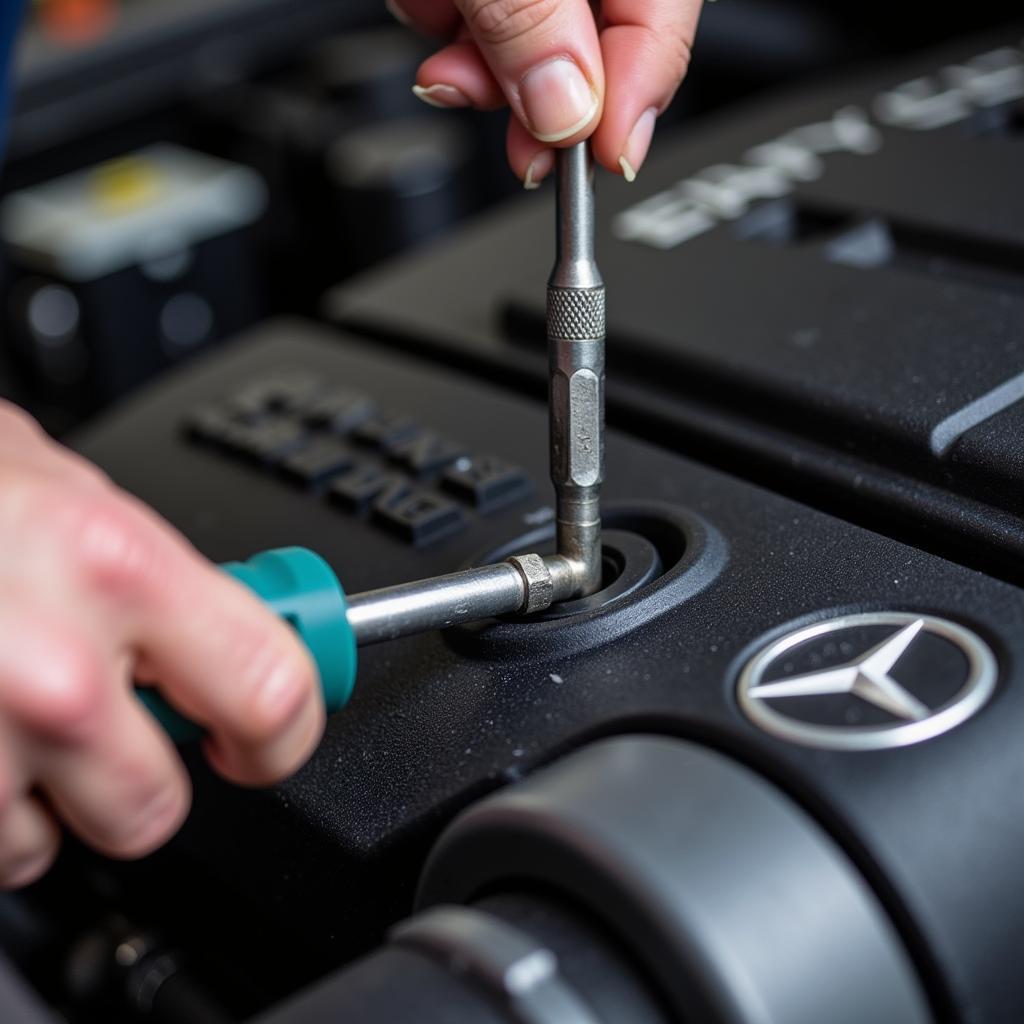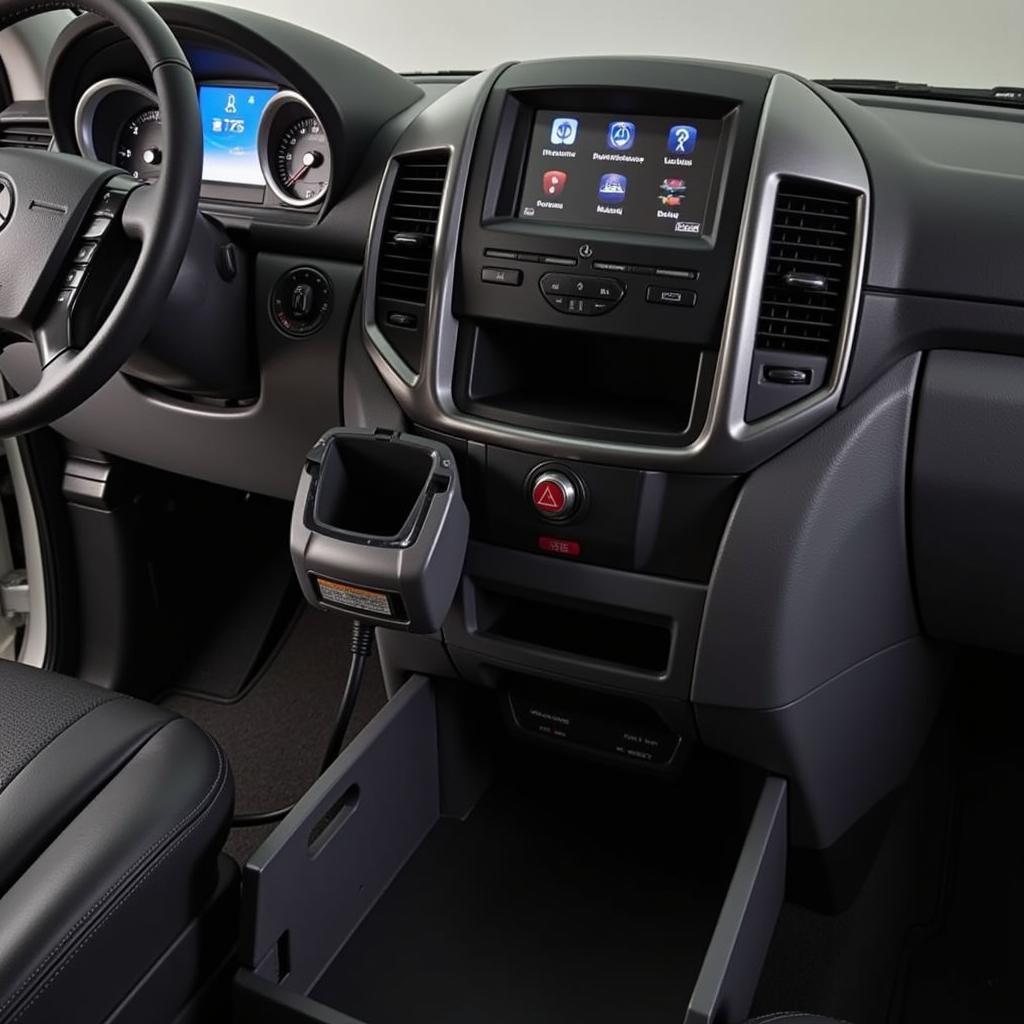Fixing Mercedes windshield wiper gaskets is a common maintenance task that can prevent leaks and ensure optimal visibility. This guide will cover everything you need to know about identifying, troubleshooting, and resolving issues with your Mercedes windshield wiper gaskets.
Understanding the Importance of Windshield Wiper Gaskets
Windshield wiper gaskets play a crucial role in sealing the area around your wipers, preventing water from leaking into the cabin or causing corrosion. Damaged or worn gaskets can lead to a variety of problems, including:
- Water Leaks: A compromised gasket can allow rainwater to seep into your car’s interior, potentially damaging electrical components and causing mold growth.
- Rust and Corrosion: Water entering through a faulty gasket can corrode metal parts around the windshield, leading to costly repairs.
- Reduced Wiper Effectiveness: A poorly sealed gasket can affect the performance of your windshield wipers, compromising visibility in inclement weather.
- Wind Noise: A damaged gasket can create unwanted wind noise while driving, impacting cabin comfort.
Identifying a Faulty Mercedes Windshield Wiper Gasket
Several signs indicate a potential problem with your windshield wiper gaskets. Look out for:
- Visible Damage: Cracks, tears, or warping in the gasket.
- Water Leakage: Water entering the cabin during rain or car washes.
- Wind Noise: Increased wind noise around the windshield area.
- Wiper Chatter: Unusual noises or vibrations from the wipers during operation.
- Mold or Mildew: Growth of mold or mildew around the windshield frame.
DIY Fix Mercedes Windshield Wiper Gaskets
In some cases, you can fix minor gasket issues yourself. Here’s a step-by-step guide:
- Gather Your Materials: You’ll need a new windshield wiper gasket (ensure compatibility with your Mercedes model), a small flathead screwdriver, and some lubricant (silicone spray or soapy water).
- Remove the Old Gasket: Carefully pry the old gasket away from the windshield frame using the flathead screwdriver. Be gentle to avoid scratching the paint or glass.
- Clean the Surface: Thoroughly clean the area where the old gasket was attached, removing any debris or residue.
- Lubricate the New Gasket: Apply lubricant to the new gasket to make installation easier.
- Install the New Gasket: Starting at one end, carefully press the new gasket into the channel around the windshield frame. Ensure it’s seated firmly and evenly.
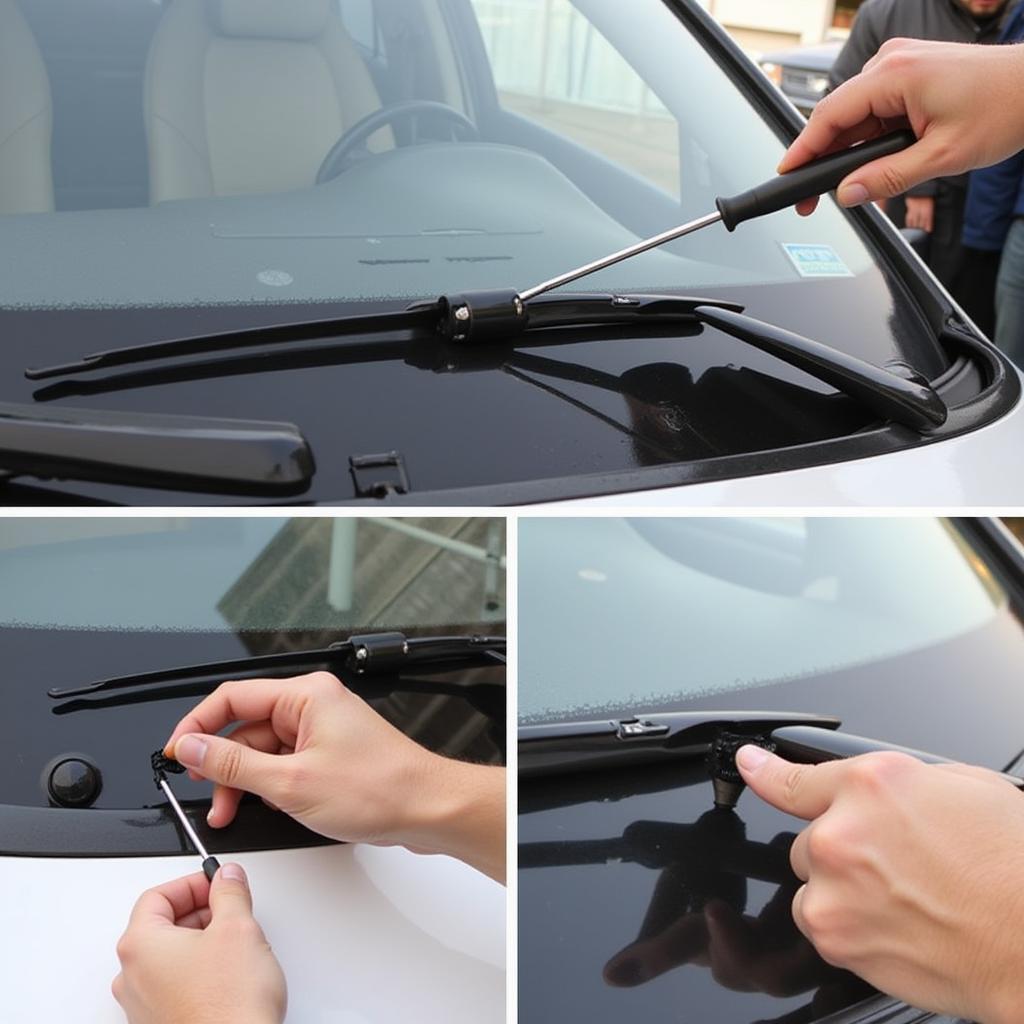 Removing a damaged windshield wiper gasket from a Mercedes-Benz
Removing a damaged windshield wiper gasket from a Mercedes-Benz
When to Seek Professional Help
While minor gasket repairs can be handled DIY, more complex issues require professional attention. Contact a qualified Mercedes technician if:
- The gasket is severely damaged or deteriorated.
- You’re unsure about the correct replacement gasket.
- You’re uncomfortable working on your car yourself.
- You suspect underlying issues with the windshield or wiper system.
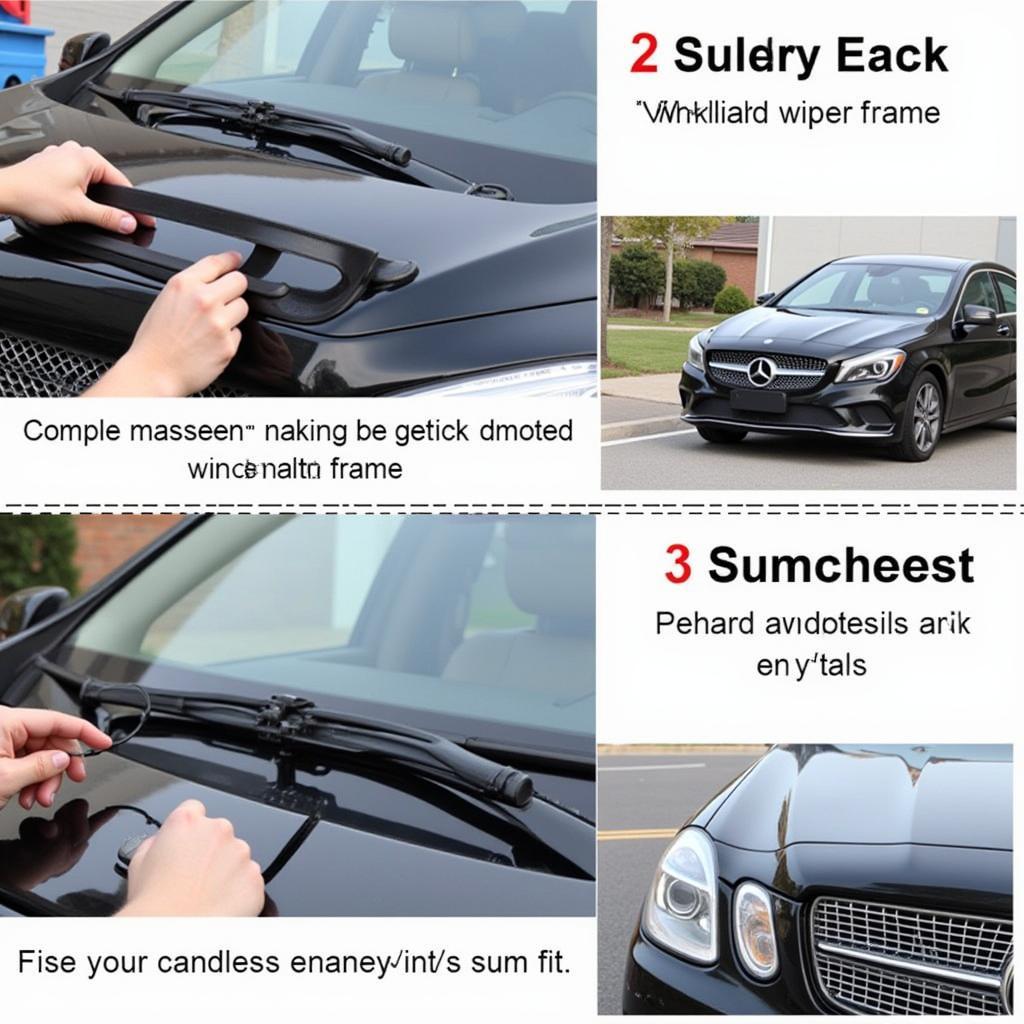 Installing a new windshield wiper gasket on a Mercedes-Benz
Installing a new windshield wiper gasket on a Mercedes-Benz
Preventing Future Problems
Regular maintenance can extend the life of your windshield wiper gaskets and prevent future issues.
- Inspect your gaskets regularly for signs of wear and tear.
- Clean your windshield and wipers regularly to remove debris that can damage the gasket.
- Apply a protective coating to the gasket to prevent cracking and fading.
- Park your car in a shaded area whenever possible to minimize UV exposure.
“Regularly inspecting and maintaining your windshield wiper gaskets is a small investment that can save you from costly repairs down the line,” advises John Miller, a veteran Mercedes technician with over 20 years of experience.
Fix Mercedes Windshield Wiper Gaskets: The Right Way
Ensuring your Mercedes windshield wiper gaskets are in good condition is essential for maintaining visibility and preventing water damage. By understanding the signs of a faulty gasket and following the proper repair procedures, you can keep your Mercedes in top shape. Don’t underestimate the importance of this small but crucial component.
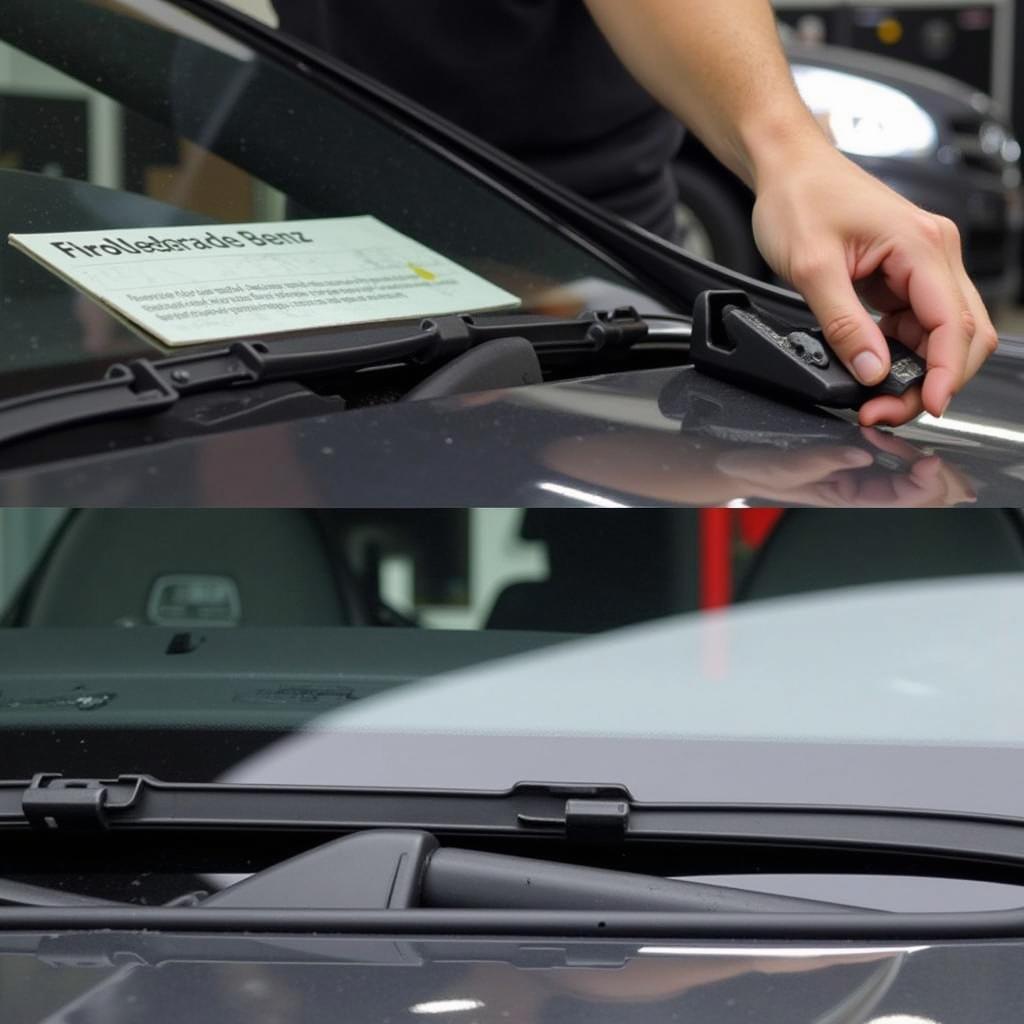 Inspecting a Mercedes-Benz windshield wiper gasket for signs of wear
Inspecting a Mercedes-Benz windshield wiper gasket for signs of wear
FAQ
- How often should I replace my windshield wiper gaskets? Typically every 2-3 years, or sooner if you notice any damage.
- Can I use any type of lubricant when installing a new gasket? Silicone spray or soapy water are recommended.
- How much does it cost to replace a windshield wiper gasket professionally? The cost varies depending on the model and labor rates, but typically ranges from $50 to $150.
- What happens if I ignore a faulty windshield wiper gasket? Water leaks, rust, and reduced wiper effectiveness can occur.
- Can I reuse my old windshield wiper gasket? No, it’s always recommended to install a new gasket.
- How can I tell if my windshield wiper gasket is the source of a leak? Inspect the gasket closely for any visible damage or gaps.
- Are there different types of windshield wiper gaskets for different Mercedes models? Yes, ensure compatibility with your specific model.
Need help?
Contact us via Whatsapp: +1 (641) 206-8880, Email: CARDIAGTECH[email protected] or visit us at 276 Reock St, City of Orange, NJ 07050, United States. Our team is available 24/7. We also offer remote diagnostics, programming, and software installations to address various automotive issues. Explore our website, CARDIAGTECH, for more helpful articles and resources related to Mercedes maintenance and repair. You might be interested in our articles on troubleshooting electrical systems or understanding common Mercedes error codes.

